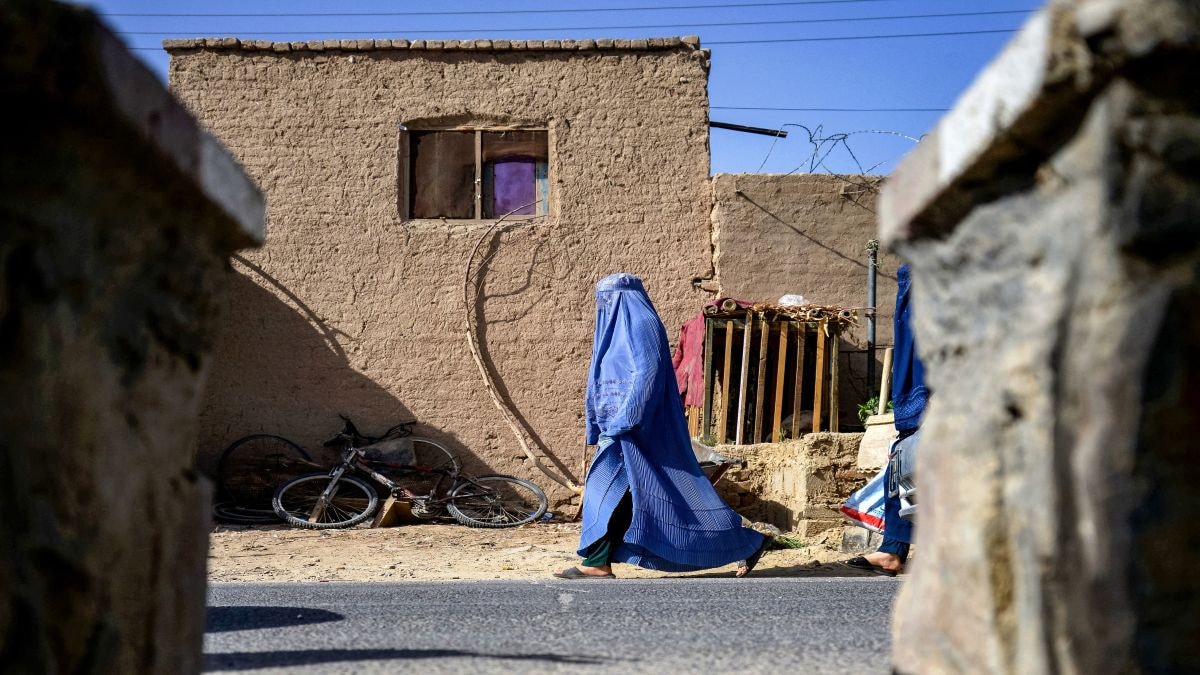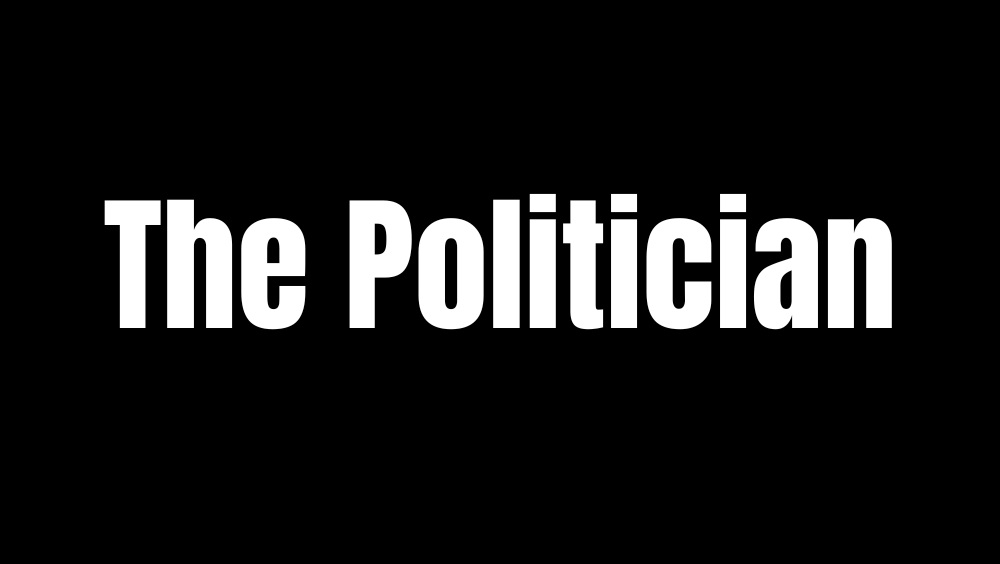USTM owned by Mahbubul Hoque that caused flash floods in Guwahati is illegally built on forest land, SC’s probe finds: Read why Assam CM called it ‘flood Jihad’
On August 5, 2024 flash floods struck the city of Guwahati, the capital of Assam. Following heavy rainfalls, a deluge from surrounding hilly areas hit low lying areas like Jorabat and Maligaon, disrupting traffic, submerging roads, and causing heavy damage. Assam CM Himanta Biswa Sarma had named and blamed the University of Science and Technology Meghalaya (USTM), accusing them of ‘flood Jihad’ against the city of Guwahati. There was outrage then against the CM’s statement. USTM chancellor Mahbubul Hoque claimed his institution was legal and had all the permissions needed from the Meghalaya government. He also blamed Guwahati’s poor drainage system for the flash floods. After the recent flash floods in Guwahati, we have gone through satellite images of Meghalaya’s Greater Jorabat Hills, located 6-7 kms from the city.The deforestation where USTM University is located is self explanatory. But my concern is not just the area near USTM1/2 pic.twitter.com/qVRkn6bwc5— Himanta Biswa Sarma (@himantabiswa) August 9, 2024 But now, a year later, an investigation by the Supreme Court-appointed Central Empowered Committee (CEC) has found serious flaws and deliberate irregularities in the planning and construction of the USTM campus, including blatant and large-scale land encroachment combined with environmental devastation that was one of the major reasons behind the flash floods in Guwahati’s low-lying areas. The University of Science and Technology Meghalaya (USTM), a private institution established in 2008 by the Education Research and Development Foundation and located in the 9th Mile area of Ri-Bhoi district in Meghalaya, has long been at the centre of a transboundary environmental dispute, with Assam repeatedly raising concerns over blatant forest destruction and hill cutting by the USTM authorities. USTM is situated just across the Assam-Meghalaya border near Jorabat, which is an entry point to Guwahati. A resident of Assam had filed a case in the Supreme Court highlighting environmental degradation in Meghalaya’s Ri-Bhoi and East Khasi Hills districts and its downstream impact on Assam. In May 2025, the Assam govt under Sarma requested the SC’s CEC to monitor and probe the environmental damage caused by the USTM. What the CEC probe into USTM found USTM’s campus spans over 100 acres on hilly terrain, with expansions including academic buildings, a medical college (PA Sangma Memorial Medical College), and infrastructure like a large auditorium. As per reports, since 2011, the university flattened at least 5 hills to create level ground for construction, primarily cutting slopes facing toward Guwahati rather than inward toward Meghalaya. Rampant excavation of natural barriers like hills that previously slowed rainwater runoff created steep, unstable gradients, allowing monsoon water to channel directly downslope into the Umkhrah and Basistha rivers, which flow into Guwahati. The protection that the heavily forested hills provided to low lying areas were removed. Rampant deforestation and excavation also loosened the soil and caused massive erosion, creating situations for heavy silting of rivers and landslides in the area. Moreover, the land on which these excavations and hill cuttings were carried was on a “deemed forest” area under the Forest Conservation Act, 1980, where natural runoff regulation is critical. The CEC notes that not just CM Sarma, but former CM Tarun Gogoi had also highlighted the Jorabat area as a chronic flood source and raised the cross-border deforestration issue multiple times. Rampant irregularities and environmental damage caused by USTM The CEC probe highlights that the USTM encroached on 25 hectares of deemed forest land without Forest Conservation Act clearance. Of the 15.71 hectares constructed, 13.62 hectares (87%) is forest land. Of the 12.13 hectares earmarked for the PA Sangma Memorial Medical College, around 7.64 hectares (63%) have been broken up. The remaining parcel was still identified as forest land as recently as 2021, it has also been encroached by the USTM violating the 1973 Meghalaya Forest Regulation. The CEC also noted that there has been “massive and indiscriminate” tree felling and site disturbance since 2017. No compensatory afforestation, despite Union Environment Ministry directives, has been made by the USTM authorities. A staggering 93% of the university is on damaged, broken, blatantly exploited and excavated forest land, an unmitigated environmental disaster. The CEC also found extensive earth-cutting on slopes facing Assam, creating artificial channels for water flow. No environmental impact assessment (EIA) was ever submitted before destroying the hills covered with trees. Additionally, to worsen the matters, as if the USTM’s forest destruction was not enough, rampant illegal mining has been happening in the Ri-Bhoi district. Overall, CEC has found that deforestation and hill cutting across 100+ he



On August 5, 2024 flash floods struck the city of Guwahati, the capital of Assam. Following heavy rainfalls, a deluge from surrounding hilly areas hit low lying areas like Jorabat and Maligaon, disrupting traffic, submerging roads, and causing heavy damage.
Assam CM Himanta Biswa Sarma had named and blamed the University of Science and Technology Meghalaya (USTM), accusing them of ‘flood Jihad’ against the city of Guwahati. There was outrage then against the CM’s statement. USTM chancellor Mahbubul Hoque claimed his institution was legal and had all the permissions needed from the Meghalaya government. He also blamed Guwahati’s poor drainage system for the flash floods.
After the recent flash floods in Guwahati, we have gone through satellite images of Meghalaya’s Greater Jorabat Hills, located 6-7 kms from the city.
— Himanta Biswa Sarma (@himantabiswa) August 9, 2024
The deforestation where USTM University is located is self explanatory.
But my concern is not just the area near USTM
1/2 pic.twitter.com/qVRkn6bwc5
But now, a year later, an investigation by the Supreme Court-appointed Central Empowered Committee (CEC) has found serious flaws and deliberate irregularities in the planning and construction of the USTM campus, including blatant and large-scale land encroachment combined with environmental devastation that was one of the major reasons behind the flash floods in Guwahati’s low-lying areas.
The University of Science and Technology Meghalaya (USTM), a private institution established in 2008 by the Education Research and Development Foundation and located in the 9th Mile area of Ri-Bhoi district in Meghalaya, has long been at the centre of a transboundary environmental dispute, with Assam repeatedly raising concerns over blatant forest destruction and hill cutting by the USTM authorities.
USTM is situated just across the Assam-Meghalaya border near Jorabat, which is an entry point to Guwahati. A resident of Assam had filed a case in the Supreme Court highlighting environmental degradation in Meghalaya’s Ri-Bhoi and East Khasi Hills districts and its downstream impact on Assam. In May 2025, the Assam govt under Sarma requested the SC’s CEC to monitor and probe the environmental damage caused by the USTM.
What the CEC probe into USTM found
USTM’s campus spans over 100 acres on hilly terrain, with expansions including academic buildings, a medical college (PA Sangma Memorial Medical College), and infrastructure like a large auditorium.
As per reports, since 2011, the university flattened at least 5 hills to create level ground for construction, primarily cutting slopes facing toward Guwahati rather than inward toward Meghalaya.
Rampant excavation of natural barriers like hills that previously slowed rainwater runoff created steep, unstable gradients, allowing monsoon water to channel directly downslope into the Umkhrah and Basistha rivers, which flow into Guwahati. The protection that the heavily forested hills provided to low lying areas were removed.
Rampant deforestation and excavation also loosened the soil and caused massive erosion, creating situations for heavy silting of rivers and landslides in the area. Moreover, the land on which these excavations and hill cuttings were carried was on a “deemed forest” area under the Forest Conservation Act, 1980, where natural runoff regulation is critical.
The CEC notes that not just CM Sarma, but former CM Tarun Gogoi had also highlighted the Jorabat area as a chronic flood source and raised the cross-border deforestration issue multiple times.
Rampant irregularities and environmental damage caused by USTM
The CEC probe highlights that the USTM encroached on 25 hectares of deemed forest land without Forest Conservation Act clearance. Of the 15.71 hectares constructed, 13.62 hectares (87%) is forest land. Of the 12.13 hectares earmarked for the PA Sangma Memorial Medical College, around 7.64 hectares (63%) have been broken up. The remaining parcel was still identified as forest land as recently as 2021, it has also been encroached by the USTM violating the 1973 Meghalaya Forest Regulation.
The CEC also noted that there has been “massive and indiscriminate” tree felling and site disturbance since 2017. No compensatory afforestation, despite Union Environment Ministry directives, has been made by the USTM authorities.
A staggering 93% of the university is on damaged, broken, blatantly exploited and excavated forest land, an unmitigated environmental disaster.
The CEC also found extensive earth-cutting on slopes facing Assam, creating artificial channels for water flow. No environmental impact assessment (EIA) was ever submitted before destroying the hills covered with trees.
Additionally, to worsen the matters, as if the USTM’s forest destruction was not enough, rampant illegal mining has been happening in the Ri-Bhoi district. Overall, CEC has found that deforestation and hill cutting across 100+ hectares in the watershed amplified and worsened the 2024 floods in Guwahati, turning even 7 km distance areas into submerged zones.
CEC imposes heavy penalties on USTM
The CEC has imposed a cumulative fine of ₹150.35 crore on USTM, calculated for forest diversion, tree-cutting charges, environmental compensation, and restoration costs, backdated to 2017, based on violation timelines.
The CEC has also ordered full restoration of the 25 hectare site to natural forest within one year, including removal of all illegal structures. Compensatory afforestation on equivalent non-forest land has also been ordered.
The CEC has recommended an immediate suspension of all mining, quarrying, and crushing in Ri-Bhoi district until a comprehensive review has been done.
The Supreme Court will hear the matter soon.
Assam CM Sarma has long been highlighting the illegal activities undertaken by the USTM and its founder Mahbubul Hoque.
You remember how Congress rushed to defend the owner of USTM, a university contributing to floods in Guwahati. It has now emerged that Mahbubul Hoque procured a fake OBC certificate.
— Himanta Biswa Sarma (@himantabiswa) August 28, 2024
कांग्रेस एक OBC विरोधी पार्टी है। pic.twitter.com/6u4KriKTbh
Mahbubul Hoque, the Chancellor of the University of Science and Technology, Meghalaya (USTM), was arrested by Assam Police on February 22, 2025, from his residence in Guwahati in connection with alleged irregularities and malpractices during Class XII CBSE physics examinations conducted at an exam centre in Sribhumi district. Congress and other ‘Liberal’ lobbies had condemned the arrest and called it targeted harassment. He was later granted bail.
























































































































